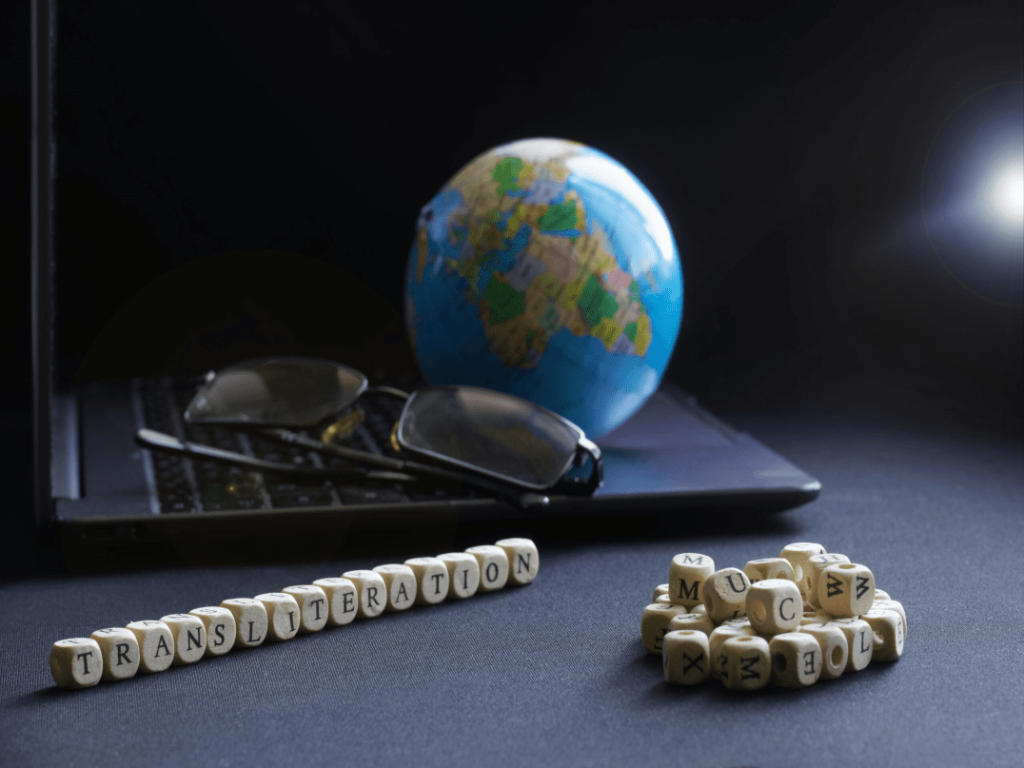You love Arabic? Check
You want to know more? Check
Feeling tired of transliteration of Arabic alphabet and every other Arabic transliteration? Check
You’re in the right place.
21st Century Language
Modern times bring out modern language. Many people who learn Arabic find themselves confused. We are not talking about Arabic letters or Arabic pronunciation. In fact, we are focusing on colloquial Arabic. It is the everyday street language and not Arabic script.
We know you can write Arabic. But do you write classical Arabic or Modern Standard Arabic MSA in an Arabic chat? The answer is no.
One upon a time there was a language called Arablish. This new language came about with a beautiful merging of Arabic and English.
What is Arablish Exactly?
Well, it really is what it looks like. We can split the word Arablish into two: Arab and Lish. Arab is well, from the word Arabic. This is the Arabic language which you are learning at the moment. The other part is Lish. Now this comes from the other half of the word English, minus the Eng part.
Put two and two together and what do you get? Arablish!
Anything that is merging these two extraordinary languages together is Arablish.
How Does It Look Like?
Well, there isn’t one form for this. You see one good example would be using numbers as letters. Arabic speakers do this when they want to make a sound that does not exist in English.
Let’s go through the numbers shall we?
1 is 1 so there is nothing new there.
2 is a hamza /A’/ sound as in /Ana/ /أنا/ meaning me. In Arablish, it is /2na/
3 is the /A’in/ sound as in /A’krab/ /عقرب/ meaning scorpion. In Arabish, it is /3akrab/
4 is 4, just like the number 1, it is not special in any way.
5 is the /Kha/ sound as in /Khabeer/ /خبير meaning expert. In Arablish, it is /5abeer/
6 is the /T’a/ sound as in /T’awela/ /طاولة/ meaning table. In Arablish, it is /6awela/
7 is the /Ha/ sound as in /Hadeeqa/ /حديقة/ meaning garden. In Arablish, it is /7adeeqa/
8 is the /Q’a/ sound as in /Q’abeel/ /قبيلة/ meaning tribe. In Arablish, it is /8abeela/
9 is the /S’a/ sound as in /S’adeeq/ /صديق/ meaning friend. In Arablish, it is /9adeeq/
It Goes Beyond the Numbers
Besides using Arabic in English letters, Arablish has more to it. You have verbs like “cancel” and “forward”, as in, to cancel an email or forward one. In the workplace, Arabs have managed to say sentences like: /Momkin tfarwid el email?/
Here’s the breakdown of it:
/Momkin/ as in “can (you)”
/Tfarwid/ as in “to forward”
/El email/, well this is self-explanatory: the email.
The same concept applies to “cancel” where the English verb becomes /etcancel/.
Notice that the function of the word, which is a verb, is still a verb. Interestingly enough, the word transforms itself to suit the Arabic language’s syntax. To make it clearer, look at the word /Zad/ /زاد/ meaning to increase. If were to ask someone, we would say /Tozawid/ /تزود/ as in /Momkin tozawid/. This sounds the same as /Etfarwid/ or /Etcancel/.
If you liked this article and would like to start learning Arabic, why not head over to our website and download the Kaleela Arabic learning app and learn to speak Arabic today? With the Kaleela Arabic learning app you can start learning Arabic on your own, at your own pace, whenever and wherever you want. It really is the best way to learn Arabic! Try it now and find out why



